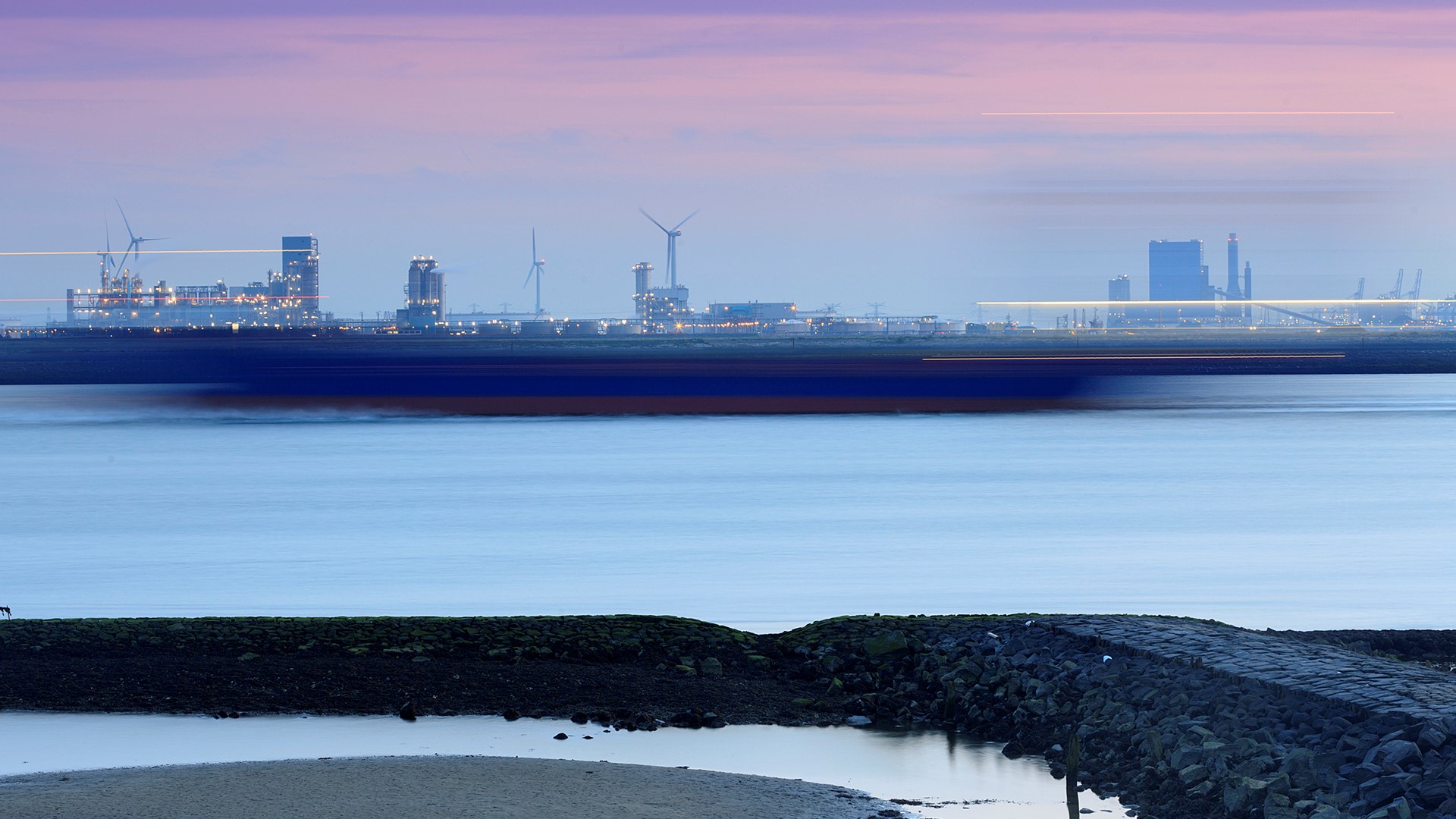

Responsible carbon storage
The Netherlands is taking ever larger strides towards a CO2-neutral future. Switching to energy from solar, wind and other renewable sources is going well, but unfortunately it is not sufficient to achieve the climate goals set by 2030. Time is running out. That is why the capture and storage of CO2 under the seabed is crucial. This is also referred to as CCS, which stands for Carbon Capture and Storage.
CCS is an essential and effective part of the mix of measures with which the Netherlands reduces CO2 emissions into the atmosphere. By 2030, CO2 emissions must be sixty percent lower than in 1990. However, for energy-intensive sectors, such as chemical companies and in the production of steel and cement, it is a huge task to be able to switch to CO2-neutral processes by 2030. Capturing CO2 during this production prevents it from being released into the atmosphere. This captured CO2 is then transported via pipeline or by ship to depleted gas fields under the North Sea. There it is safely stored.
Not only is CCS a logical step. EBN’s involvement in the development of the transport and safe storage of CO2 is also a logical match. In addition to our role as advisor to the Ministry of Climate and Green Growth, we have the public task of implementing Dutch climate and energy policy. Our contribution to Porthos, Aramis and several storage projects in the North Sea fits within that task: we participate and invest. In this way, we contribute to the energy transition and to the reduction of potentially more than 7.5 megatons of CO2 per year.
The Porthos– and Aramis-projects are public/private partnerships. EBN plays an active and connecting role between government and industry in this. In addition to being an important player, we also ensure knowledge sharing. Knowledge is crucial for the successful and timely development of new technologies and markets. That is why we develop, collect and bundle this knowledge for all parties involved in the storage of CO2.
Together with others, we are heading faster and faster towards our goal: sixty percent less CO2 emissions by 2030 and CO2 neutral by 2050.
